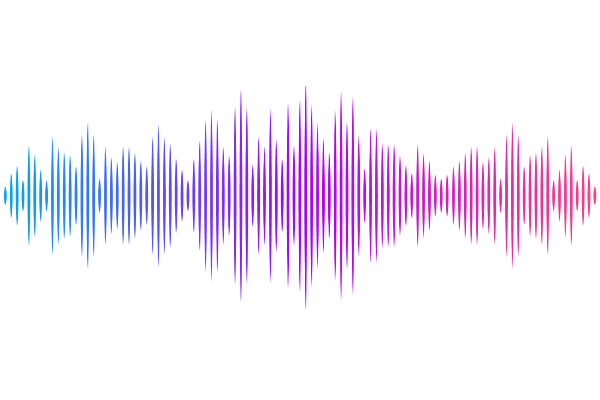Comparative Analysis of Richardson-Lucy Deconvolution and Data Unfolding with Mean Integrated Square Error Optimization

Comparative Analysis of Richardson-Lucy Deconvolution and Data Unfolding with Mean Integrated Square Error Optimization
Nikolay D. Gagunashvili
AbstractTwo maximum likelihood-based algorithms for unfolding or deconvolution are considered: the Richardson-Lucy method and the Data Unfolding method with Mean Integrated Square Error (MISE) optimization [10]. Unfolding is viewed as a procedure for estimating an unknown probability density function. Both external and internal quality assessment methods can be applied for this purpose. In some cases, external criteria exist to evaluate deconvolution quality. A typical example is the deconvolution of a blurred image, where the sharpness of the restored image serves as an indicator of quality. However, defining such external criteria can be challenging, particularly when a measurement has not been performed previously. In such instances, internal criteria are necessary to assess the quality of the result independently of external information. The article discusses two internal criteria: MISE for the unfolded distribution and the condition number of the correlation matrix of the unfolded distribution. These internal quality criteria are applied to a comparative analysis of the two methods using identical numerical data. The results of the analysis demonstrate the superiority of the Data Unfolding method with MISE optimization over the Richardson-Lucy method.